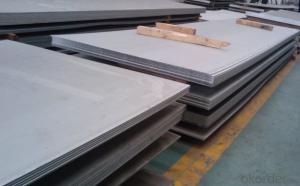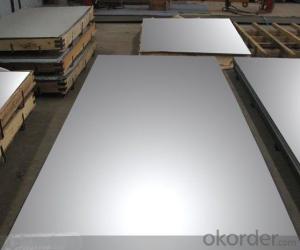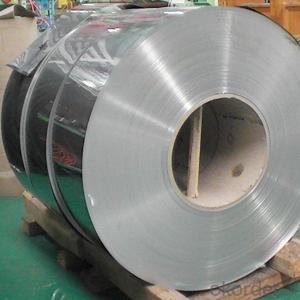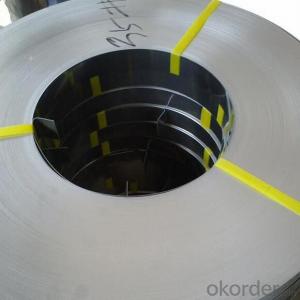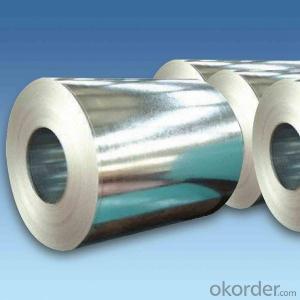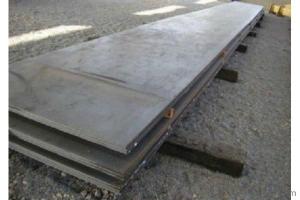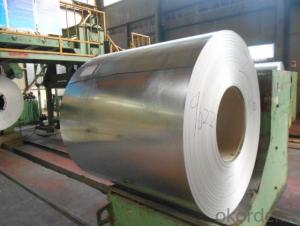Decorative 316l 2B/BA/8K mirror stainless steel coil from China price
- Loading Port:
- Shanghai
- Payment Terms:
- TT OR LC
- Min Order Qty:
- 5 m.t
- Supply Capability:
- 30000 m.t/month
OKorder Service Pledge
OKorder Financial Service
You Might Also Like
Specification
Decorative 316l 2B/BA/8K mirror stainless steel coil from China price !!!
Detail
Type | decorative 316l stainless steel coil |
Size/thinckness | 0.3mm-150mm |
Widthness | 1000mm-2000mm |
Length | 1000mm-6000mm or as your requirement |
Brand name | TISCO |
Standard | ASTM, AISI,GB, JIS etc |
Material | 201,202,304,304L,310s,316L,904L,316,321,410,420,430,etc |
Application range | Foodstuff, Gas, metallurgy, biology, electron, chemical, petroleum, boiler, nuclear energy, Medical equipment, fertilizer etc |
Packaging | export standard picking or as customers' requirement |
Delivery time | about 7-10 working days after receiving the deposit |
Quality | 2B,NO.1,NO.2,NO.4,NO.8,BA,HL,BK |
Productivity | 2000 tons/month |
Note | We can produce other standard as the customers’ requirement |
Technique
| Surface Finish | Definition | Application |
| 2B | Those finished, after cold rolling, by heat treatment, pickling or other equivalent treatment and lastly by cold rolling to given appropriate luster. | Medical equipment, Food industry, Construction material, Kitchen utensils. |
| BA | Those processed with bright heat treatment after cold rolling. | Kitchen utensils, Electric equipment, Building construction. |
| NO.3 | Those finished by polishing with No.100 to No.120 abrasives specified in JIS R6001. | Kitchen utensils, Building construction. |
| NO.4 | Those finished by polishing with No.150 to No.180 abrasives specified in JIS R6001. | Kitchen utensils, Building construction, Medical equipment. |
| HL | Those finished polishing so as to give continuous polishing streaks by using abrasive of suitable grain size. | Building Construction. |
| NO.1 | The surface finished by heat treatment and pickling or processes corresponding there to after hot rolling. | Chemical tank, pipe. |
Stainless steel maintenance:
(1) Regular cleaning and maintenance
(2) Pay attention to prevent the occurrence of the phenomenon of surface scratches
(3) Use soap, weak detergent or warm water to remove surface dust, dirt
(4) In addition to the surface of the binder with alcohol or an organic solvent (ether, benzene)
(5) Use neutral detergent or ammonia solution in addition to surface oil
(6) With 10% nitric acid or abrasive detergent in addition to the surface of the embroider caused by the dirt.
Packaging & Shipping
Bundles, seaworthy wooden pallets or wooden cases.With or without edge protector, steel hoop and seals, in 20' or 40' container or as per customers' requirements.
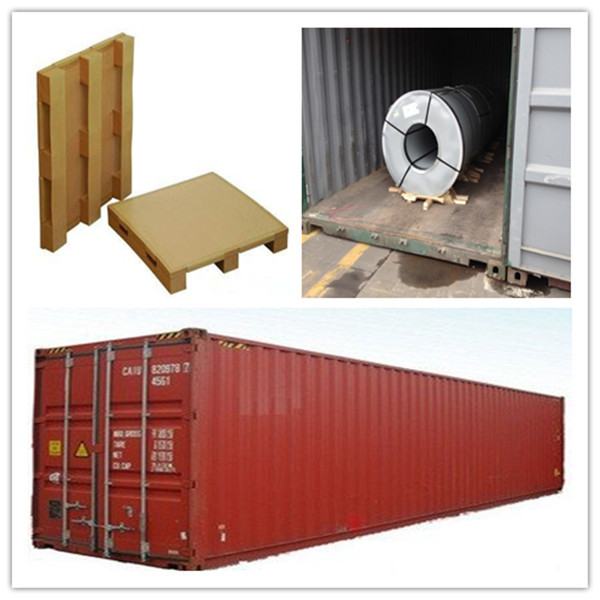
Our Services
Why do you choose us?
1) Our products are high quality and best price.
2)We have experience in this line for many years.
3)We have professional team and the factory.
4)It's very important for a company to be honest in the process of trading and so do we.
5)Our products are exported to countries around the world.
- Q: Can stainless steel sheets be used for electrical conductivity?
- Typically, stainless steel sheets are not employed for electrical conductivity. Stainless steel is renowned for its exceptional resistance to corrosion and durability, rendering it apt for a diverse range of applications like kitchen appliances, construction materials, and industrial equipment. Nevertheless, stainless steel falls short in terms of conductivity compared to metals such as copper or aluminum. Consequently, materials with superior electrical conductivity properties are commonly preferred for electrical purposes.
- Q: What is the magnetic permeability of stainless steel sheets?
- The magnetic permeability of stainless steel sheets may vary depending on the specific alloy and processing conditions. Generally, stainless steel is known for its low magnetic permeability, which means it is not a good conductor of magnetic fields. However, certain types of stainless steel, like ferritic stainless steel, have a higher magnetic permeability compared to other grades such as austenitic stainless steel. It's worth mentioning that factors like temperature and the presence of external magnetic fields can also impact the magnetic permeability of stainless steel. Therefore, it is advisable to refer to specific technical data or conduct magnetic permeability testing for precise and detailed information about the magnetic properties of stainless steel sheets.
- Q: Can stainless steel sheets be used for conveyor belts?
- Certainly! Conveyor belts can utilize stainless steel sheets. Stainless steel, being highly durable and resistant to corrosion, is well-suited for diverse industrial uses, such as conveyor belts. These sheets possess the capability to endure high temperatures, heavy loads, and abrasive substances, making them perfect for conveying purposes. Moreover, the smooth surface of stainless steel facilitates the smooth movement of products and reduces friction, ensuring efficient and dependable conveyor operations.
- Q: Are stainless steel sheets resistant to UV radiation?
- Yes, stainless steel sheets are generally resistant to UV radiation. The chromium content in stainless steel helps to form a protective oxide layer, which acts as a barrier against UV rays. This makes stainless steel a durable and reliable material for outdoor applications that are exposed to sunlight. However, prolonged exposure to intense sunlight may cause some slight discoloration or fading over time.
- Q: Are stainless steel sheets suitable for automotive grilles or trim?
- Yes, stainless steel sheets are suitable for automotive grilles or trim due to their durability, corrosion resistance, and ability to withstand harsh weather conditions.
- Q: Are stainless steel sheets suitable for water treatment applications?
- Yes, stainless steel sheets are highly suitable for water treatment applications. Stainless steel is known for its excellent corrosion resistance, making it the ideal choice for environments where water and moisture are present. It is resistant to rust, staining, and pitting, which ensures the longevity and durability of the sheets in water treatment facilities. Stainless steel sheets also offer hygienic properties, as they are easy to clean and maintain. This is crucial in water treatment applications where cleanliness and sanitation are of utmost importance. Additionally, stainless steel is non-reactive with water, meaning it does not leach harmful substances into the water being treated. Furthermore, stainless steel sheets are strong and can withstand high pressures and temperatures. This is critical in water treatment processes that involve filtration, disinfection, and other treatment methods that may require intense conditions. Overall, stainless steel sheets are an excellent choice for water treatment applications due to their corrosion resistance, hygienic properties, strength, and durability. They provide a reliable and long-lasting solution for various components in water treatment facilities, including tanks, pipes, valves, and other equipment.
- Q: Are stainless steel sheets suitable for brewing equipment?
- Stainless steel sheets are indeed an excellent choice for brewing equipment. With its outstanding corrosion resistance, durability, and hygienic properties, stainless steel has become a popular material for such equipment. It is highly resistant to rust, stains, and chemical reactions, making it perfect for contact with liquids and food-grade applications. Moreover, stainless steel sheets offer a smooth and non-porous surface, preventing the growth of bacteria and enabling effortless cleaning and sanitation. In addition, stainless steel can withstand the high temperatures involved in brewing processes without warping or deforming, thanks to its remarkable heat resistance. In sum, stainless steel sheets are a dependable and enduring option for brewing equipment.
- Q: What are the benefits of using patterned stainless steel sheets in interior design?
- There are numerous advantages to utilizing patterned stainless steel sheets in interior design. To begin, these sheets bring a distinct and contemporary aesthetic to any area. The patterns etched onto the stainless steel come in a variety of designs, ranging from geometric shapes to intricate motifs, adding a touch of elegance and visual interest to walls, ceilings, or furniture. This can enhance the overall ambiance of a room and make it truly stand out. Additionally, patterned stainless steel sheets are incredibly durable and long-lasting. Stainless steel is well-known for its strength and resistance to corrosion, making it an ideal material for interior design applications. These sheets can withstand daily wear and tear, making them suitable for high-traffic areas such as restaurants, hotels, or public spaces. Furthermore, patterned stainless steel sheets require minimal maintenance. Unlike other materials, stainless steel is easy to clean and does not require special care or regular maintenance. A simple wipe with a damp cloth or the use of mild cleaning agents is sufficient to keep the sheets looking pristine. This makes them a practical choice for interior design, especially in areas where hygiene is crucial. Moreover, patterned stainless steel sheets offer design versatility. They can be used in various applications, including wall cladding, room dividers, backsplashes, or even as decorative accents. With a wide range of patterns and finishes available, designers have the freedom to create unique and customized looks to suit any style or theme. Lastly, incorporating patterned stainless steel sheets into interior design is environmentally friendly. Stainless steel is a recyclable material, meaning it can be reused or repurposed without causing harm to the environment. By incorporating sustainable materials into interior design, we contribute to reducing waste and promoting eco-conscious practices. In conclusion, the use of patterned stainless steel sheets in interior design provides benefits such as aesthetic appeal, durability, low maintenance requirements, versatility, and environmental friendliness. These sheets offer a practical and visually pleasing solution to elevate the design of any space.
- Q: What is the maximum length of a stainless steel sheet?
- The potential length of a stainless steel sheet is subject to various factors, such as manufacturing capabilities, supplier limitations, and transportation constraints. Typically, stainless steel sheets can be manufactured in lengths spanning from a few feet to several hundred feet. Nevertheless, it should be emphasized that longer lengths might pose challenges in terms of handling and transportation, potentially affecting their availability and cost. Moreover, customized orders or specific applications could permit even lengthier stainless steel sheets. Thus, consulting with manufacturers or suppliers is advisable to ascertain the precise maximum length options offered for stainless steel sheets.
- Q: Stainless steel thermos cup 304 and 201 material what is the difference?
- 304 stainless steel toughness better: 201 stainless steel material is relatively hard, with a little steel, relatively easy to crack. The 304 stainless steel insulation Cup because it contains nickel, it is not rusty, and 304 stainless steel more toughness, fatigue resistance is much better than 201.
Send your message to us
Decorative 316l 2B/BA/8K mirror stainless steel coil from China price
- Loading Port:
- Shanghai
- Payment Terms:
- TT OR LC
- Min Order Qty:
- 5 m.t
- Supply Capability:
- 30000 m.t/month
OKorder Service Pledge
OKorder Financial Service
Similar products
Hot products
Hot Searches
Related keywords










